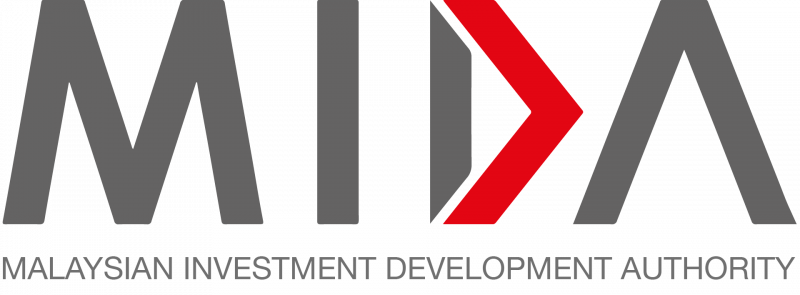Malaysia’s semiconductor sector outlook upgraded on 5G tech, electric vehicles demand
25 Jan 2021
Based on robust semiconductor sales and equipment demand forecasts this year, the Malaysian semiconductor sector is expected to benefit from stronger radio-frequency (RF) chip demand on the back of rising 5G smartphone sales volume.
According to CGS-CIMB Research, TrendForce estimates global 5G smartphone production to grow from 240 million in 2020 to 500 million units in 2021. A 5G smartphone requires an average of US$25 (RM100) worth of RF content, which is approximately 40% higher than a 4G smartphone at US$18.
The research house is projecting 39% sector net profit growth in 2021 on the back of higher utilisation, propelled by RF content growth in 5G networks and smartphones, recovery in automotive demand, and robust demand for cloud infrastructure services.
“Overall, we expect the Malaysian outsource semiconductor assembly and test (OSAT) sector to deliver 39% y-o-y net profit growth in 2021, against 36% in 2020. We project the sector’s return on equity to continue to expand from 11.7% in 2020F to 15% in 2021 on the back of net profit margin expansion, and the sector net profit margin to reach 15-16% in 2021-22F, nearly double its 10-year historical net profit margin mean of 8%,” it said.
It expects Inari Amertron, Malaysian Pacific Industries (MPI) and Aemulus to be key beneficiaries of increased radio-frequency front-end chip demand going into 5G smartphones, given their exposure to RF chips assembly, packaging and testing processes.
In additon, local OSAT players are expected to get a boost from increased semiconductor content value going into automobiles on the back of accelerating electric vehicle (EV) penetration.
IHS Markit expects global automotive semiconductor revenue to grow by 18% year on year in 2021, fuelled by an increase in average semiconductor content value per car on the back of stronger EV sales and a recovery in global automotive demand. Meanwhile, Infineon estimates EV models require 82% higher semiconductor content value compared to internal combustion engine models.
“We believe the current situation will be positive for the semiconductor supply chain given that it offers the opportunity to lock down a longer commitment from customers that will provide long-term volume visibility to help capacity planning.
“Overall, we believe KESM, MPI and Pentamaster will be key beneficiaries of growing electronics content adoption in automotive products as these companies derive 20-75% of their revenue from the automotive segment,” it said.
Apart from automotive, CGS-CIMB believes Malaysian semiconductor players should also benefit from higher demand for cloud infrastructure services as companies like MPI and Unisem derive 17-26% of their revenue from the industrial segment, primarily from the data centre power market.
On the whole, it has upgraded the sector to “overweight” from “neutral” in view of stronger long-term earnings growth prospects, and reiterated its “add” calls on Inari Amertron and MPI.
“Apart from the strong earnings visibility, we think the sector deserves to trade at a premium relative to its historical mean and the domestic market. Finally, we see potential earnings surprises and upgrades from Bloomberg consensus, stronger-than-expected 5G mobile and EV adoption and depreciation in ringgit vs. US dollar as key re-rating catalysts for the sector.”
Infineon estimates EV models require 82% higher semiconductor content value compared to internal combustion engine models.
Source: The Sun Daily


